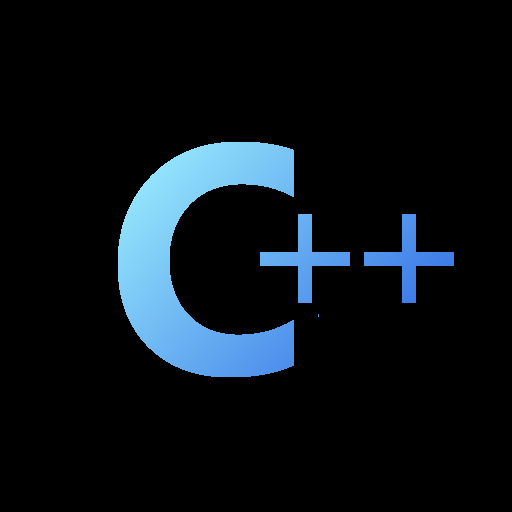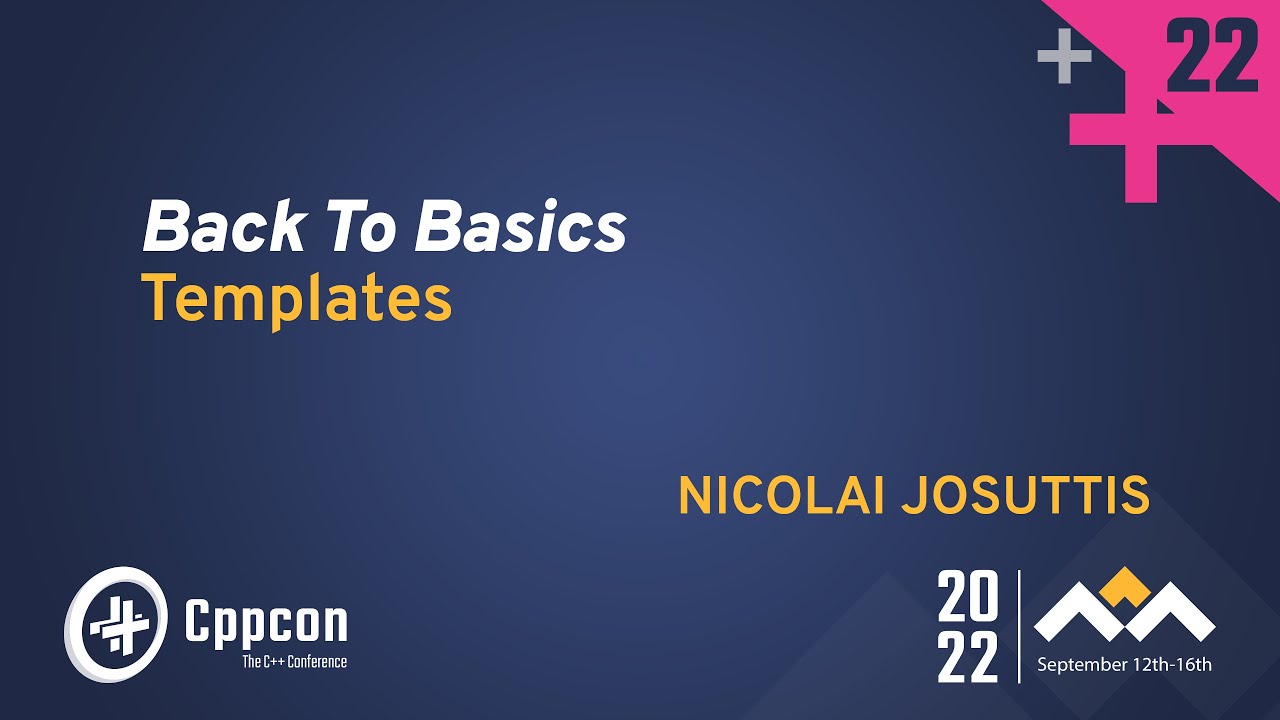

While the summary + interview The Register did was decent, when you read the actual paper, the proposal is way more interesting.
Not a fan of mut instead of just plain mutable, though.
Also I sure hope the compiler messages for this feature won’t be like the circle examples in the proposal in the end.





In that section, if you click the button to configure the Mouse Mark effect, you can see the shortcuts for clearing Mouse Mark: